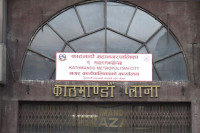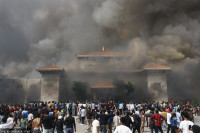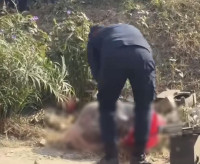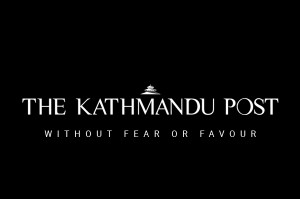Valley
Safety concerns in high-rise blocks
Death toll from a fire that gutted a tower block on Wednesday in London, one of the world’s most modern cities, crossed 30 on Saturday, as residents stormed through local authority headquarters demanding justice. Dozens of others were still unaccounted for.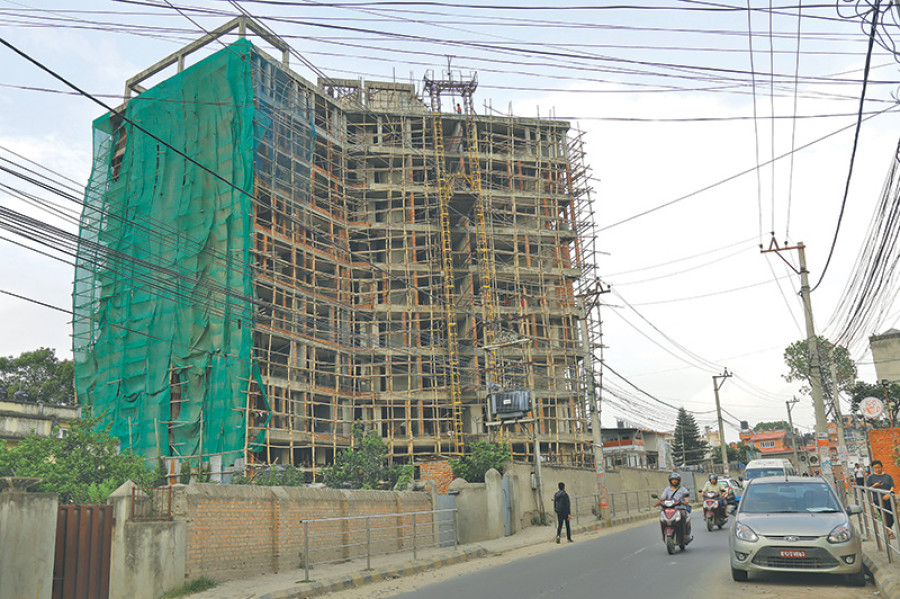
Chandan Kumar Mandal
Death toll from a fire that gutted a tower block on Wednesday in London, one of the world’s most modern cities, crossed 30 on Saturday, as residents stormed through local authority headquarters demanding justice. Dozens of others were still unaccounted for.
People were asking various safety-related questions—why the block was not fitted with sprinklers or a central smoke alarm, and whether a recent refurbishment, including new external cladding, helped fuel the flames.
The disaster in the 24-floor tower on the other side of the world, however, raises questions whether high-rise buildings that have sprouted of late in the country, especially in Kathmandu, are safe and whether the country is well-equipped to fight in the event of a similar fire breaking out in any skyscraper here.
The first reaction from officials the Post spoke to was “we lack manpower and equipment”. The tallest tower block in Kathmandu has 16 floors.
“The maximum height one of the our fire engines can reach is 10th floor, as it has a 30-metre ladder,” said Kishor Kumar Bhattarai, chief of the Kathmandu Fire Brigade (KFG). Of the six fire trucks the KFG has, only three are operational.
The Capital’s fire brigade functions under the Kathmandu Metropolitan City (KMC), the agency whose permission is a must before constructing buildings in the Capital. The 16-storey building was constructed with KMC’s permission.
“We are also in dire need of trained firefighters. If we cannot reach higher than 30 metres or 10th floor, why are we giving permission to construct taller buildings?” Bhattarai wondered.
According to Bhattarai, the KFG has 27 firefighters but not all of them are trained. “We won’t be able to do anything if a fire like the one in London breaks out here in Kathmmandu,” he said.
The other problem of fighting fires in Kathmandu is narrow roads. Officials said commercial buildings and residential apartments must be constructed in areas which are connected through a six-metre wide road so that fire trucks can easily reach there in case of an emergency.
Any buildings especially apartments, shopping centres, malls, department stores and places where people gather must have an Emergency Response Plan (ERP) included in its design, according to the existing Town Development, Urban Planning and Building-related Basic Guidance-2015.
“We make sure that this provision is being followed during the construction of buildings,” said Gyanendra Karki, spokesperson for the KMC. However, he was not sure whether such emergency evacuation plans were being followed afterwards.
“Some hospitals, business complexes and shopping malls just keep it for show-off. We haven’t monitored whether they are in operation,” said Karki, unsure whether the building where the office is has any emergency evacuation system or fire hydrants to respond to sudden fire outbreaks.
According to the existing guidelines, such high-rise buildings including hospitals, apartments, multiplexes and malls should have emergency evacuation system that include staircase at the sides.
For free movement of fire trucks and operation of the fire brigade team, there must be three metres of open space around the building, according to the guidelines.
Ravindra Kumar Paudyal, an engineer at the KMC, said a fire escape facility is mandatory. “We do not pass the design unless these provisions are followed,” he said.
Any construction beyond the original permit is fined Rs100,000 whereas a construction denying the guidance can even be demolished, said Paudyal.
However, authorities are unsure about implementation of these provisions when the building construction is completed.
Director General of the Department of Urban Development and Building Construction Shiva Hari Sharma agreed that the authority was lagging behind in monitoring.
“Our fire trucks have a maximum capacity of 1,500-2,000 litres of water, which will be discharged within two minutes if we use maximum force. Therefore, high-rise buildings should have their own internal groundwater tank and water pump,” said Bhattarai.




 17.12°C Kathmandu
17.12°C Kathmandu

